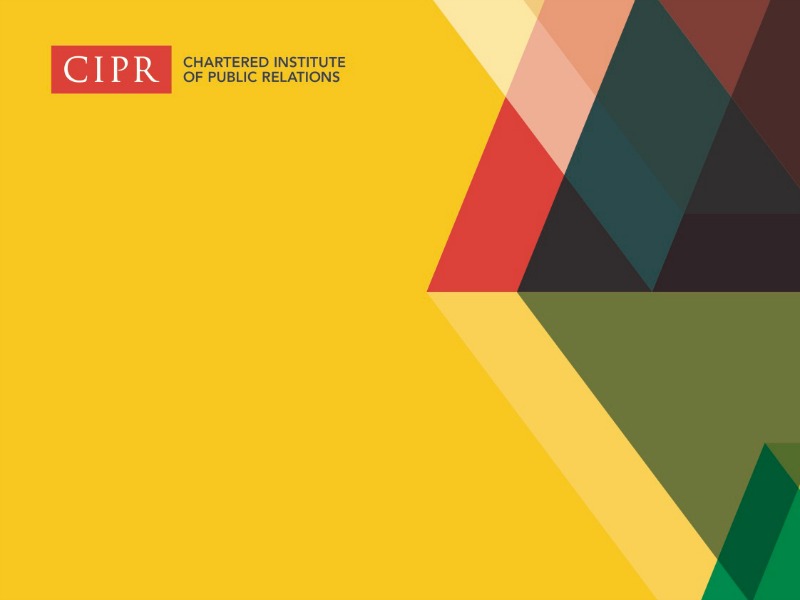Arun Sudhaman 01 Mar 2017 // 12:39PM GMT

The CIPR's 'State of the Profession' is always worth a read, offering plenty of insight into the world's second-largest public relations market. This year, the picture it paints is a worryingly downbeat one, highlighted by declining budgets and concerns about the impact of Brexit.
Consider this, for example — almost a third (32%) of in-house respondents report budget cuts and double the number of agencies and consultancies (15%) cut fees last year, compared with 2015. Only 18% of in-house execs reported budget increases (down from 19%), while the number of consultancies reporting an increase in fees charged fell 5% to just over a third (33%).
Those concerns are compounded by the spectre of Brexit. Fewer than one in 10 believe the UK's exit from the EU will have a positive impact on their organisation. Over half (57%) believed it would have a negative impact, whilst under a quarter (23%) felt Brexit would have no impact at all.
In addition, the gender pay gap remains a pressing issue, with regression analysis pointing to a difference of £5,784 between male and female practitioners. "The proximity of this figure to last year’s (£6,004) suggests that efforts to close the gap have so far proved to have little, if any, impact," says the CIPR report.
The data also points to a pay ceiling for women. Whilst the significant proportion of women and men earned between £20,000-£39,999, only five percent of women earned over £100,000, compared to 11% of men.
The CIPR's qualitative research into the gender pay gap suggests a variety of factors are at play here, including company culture, stigma in discussing salaries, unconscious biases and a lack of transparency.
There are more encouraging findings elsewhere, including a 10% rise in the number of respondents spending most or some of their time on strategic planning (69%), making it the third most common task for PR practitioners, behind content creation (81%) and media relations (73%).
The number of respondents believing ethnically diverse teams create better campaigns rose from 51% to 59%, but that attitude is yet to significantly impact demographics. Nine out of ten (90%) of UK respondents identified themselves as white. Black/African/Caribbean/Black British professionals accounted for just 2% of respondents, with Asian/Asian respondents accounting for a further 2%.
The average salary of a PR professional rose to £50,447. In line with previous years, analysis reveals that London based professionals command the highest average salaries (£66,102), whilst the lowest average salaries were found in Northern Ireland (£36,537).
In-house professionals in the private sector earned the highest average wage (£58,679) followed by consultancy employees (£54,845), in-house not-for-profit employees (£45,297) and in-house public sector practitioners (£43,172). The average business turnover amongst independent practitioners was £62,671.
When asked about the challenges facing the PR industry, furthermore, most (27%) opted for the under-representation of public relations practitioners at board level, followed by the poor reputation of PR in wider society (18%) and the changing social and digital landscape (18%). Very few (4%) see automation as a threat.



































.jpg)















